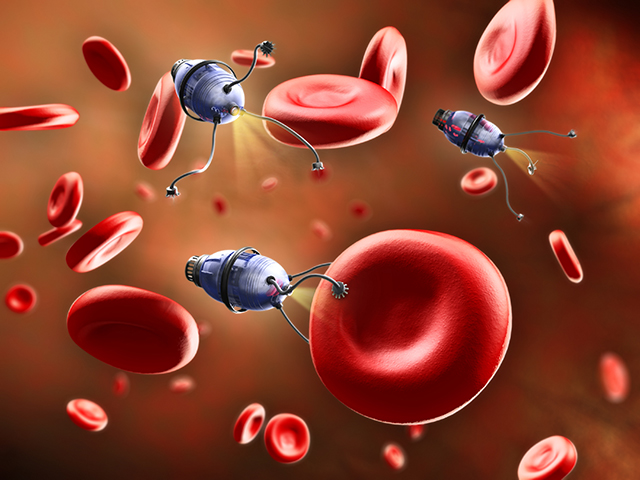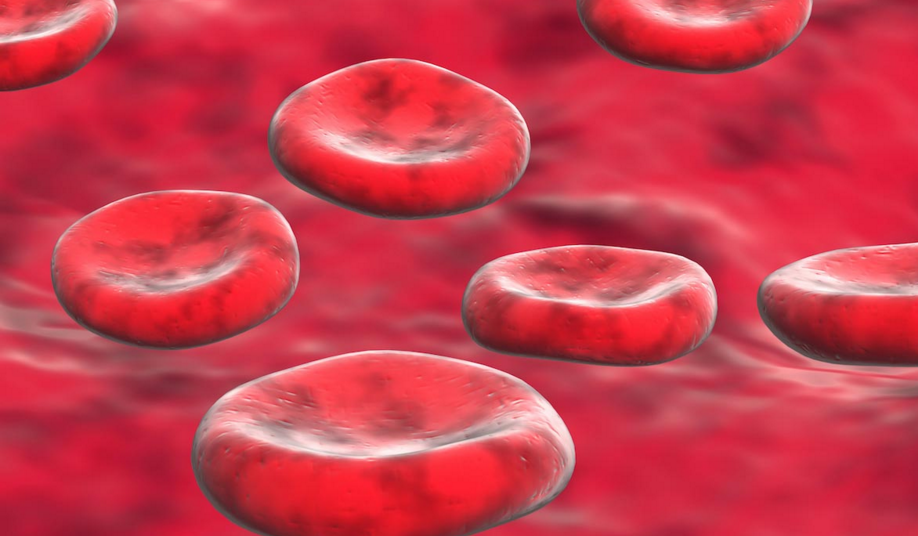The pathogen of the future: An EMF-powered robot made to deliver drugs through ingestion
04/03/2019 / By Vicki Batts

In the not-so-distant future, the world of medicine may be ruled by robots. But not just any robots: Microbots. The latest advancement in nanotechnology brings micro-sized, elastic robots that may one day be used in humans. Microbots are modeled after real-life bacteria, with the ability to change shape to suit their environment and swim through the bloodstream with ease. Scientists say the microbots may be used one day in the future for targeted medication delivery. But, the nano-sized bots have a dark side: Their reliance on electromagnetic fields (EMF).
Big Pharma has already made a fortune off making people sick via the side effects caused by conventional medication. Imagine what will happen when EMF-based robots are swimming through your veins. While the mainstream media is reluctant to report on the truth about electromagnetic radiation (EMR), there is a substantial amount of evidence which indicates exposure to EMR and EMF can cause cancer and other health problems – including a study led by a federal agency.
Microbots hailed as the future of medicine
As Digital Trends reports, a team of scientists from École polytechnique fédérale de Lausanne (EPFL) and the Swiss Federal Institute of Technology in Zurich (ETH Zurich) have developed bacteria-inspired microbots that could change the face of medicine as we know it. The bots are made of “minute hydrogel nanocomposites which contain magnetic nanoparticles.” These nanoparticles allow the bots to be controlled via EMF.
According to the scientists, the elastic qualities of the microbots will allow them to “fold like orgigami” as they make their way through the human body. They use what’s known as “embodied technology” to make the nano-sized robots physically adaptable to their surroundings. The folding technology used in the microbots allows them to change shape to best navigate their environment, regardless of tissue type. These adaptations can even be programmed in advance.
In addition to being controlled by EMF, the microbots can also navigate inside the human body independently, using the flow of internal fluids.
Selman Sakar, Assistant Professor from the Institute of Mechanical Engineering at EPFL, commented on the research and stated, “Our robots have a special composition and structure that allow them to adapt to the characteristics of the fluid they are moving through.”
“For instance, if they encounter a change in viscosity or osmotic concentration, they modify their shape to maintain their speed and maneuverability without losing control of the direction of motion,” he explained further.
Is nanotechnology a nuisance?
The mainstream scientific community has been extolling the benefits of futuristic technologies such as the microbots for many years. Supposedly, the idea is that nano-sized robots will change the way we administer medication. Currently, oral administration is the most common way to take a drug – but it isn’t perfect. When you take acetaminophen for a headache, that drug has to be broken down and absorbed before it can reach the target area.
With nanobots, drugs can be sent to their target destination – hopefully, without harming other cells.
In 2017, researchers Chinese University of Hong Kong created another type of nanobot – made from tiny alga (Spirulina platensis) that were coated with iron oxide nanoparticles for magnetization. While testing these nanobots, the team came across an unintended side effect: The magnetized alga killed 90 percent of exposed cancer cells, after being left in a lab dish 48 hours.
Current estimates suggest that nanobots will take several days to break down after being inserted into the human body. Killing cancer sounds great and all – but that isn’t what these bots were designed to do. There is a substantial body of evidence which indicates that EMF exposure can disrupt healthy cells and lead to cancer — including research led by the federal government. And these researchers have already shown that the use of nanobots may lead to a host of unintended side effects.
Sources for this article include:
Tagged Under: EMF, EMR, future medicine, future tech, inventions, medical tech, medical technology, medication delivery, microbots, nanotech, nanotechnology, weird science



















